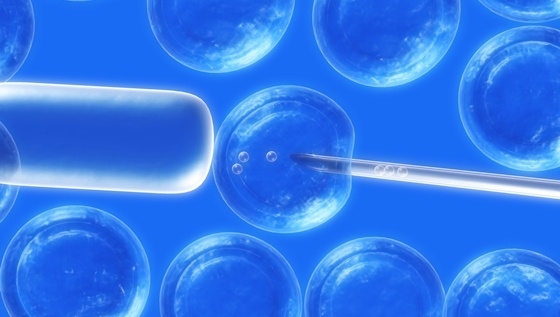
The medical use of stem cells stretches back to the 1950s. That was when scientists discovered that bone marrow stem cells could be safely transplanted. The hematopoietic stem (HSC) and progenitor (HPC) cells found in bone marrow can regenerate the body’s capacity to create healthy blood cells.
Bone marrow transplants became useful for treating a range of illnesses affecting a person’s ability to generate healthy blood cells. Over the next few decades, researchers discovered that stem cells could be used to treat different types of cancer, blood disorders, metabolic disorders, and immune system disorders.
In the 1980s, doctors Hal Broxmeyer, Edward A. Boyse, and Judith Bard discussed the potential of cord blood stem cells to be used as a source of hematopoietic stem cells. At that point, umbilical cord blood was typically discarded as medical waste.
They thought that the stem cells that cord blood contains were a valuable medical asset that should be preserved. The group formed the world’s first umbilical cord blood bank and spearheaded research into the use of cord blood stem cells.
Since then, cord blood stem cells have been the focus of hundreds of research projects. The use of cord blood stem cells is much more prevalent now, with doctors regularly using cord blood stem cells to treat childhood cancers. This article will take a look at why umbilical cord blood is so useful for treating childhood cancers.
The regenerative potential of umbilical cord stem cells
Umbilical cord blood contains the usual elements of blood — plasma, red blood cells, platelets, and white blood cells. It is also a rich source of stem cells, including hematopoietic stem cells (HSCs).
Hematopoietic stem cells are precursors to blood cells. When transplanted, these cells are capable of restoring a person’s ability to generate healthy new blood cells. This is particularly useful for people who are being treated for certain types of blood cancer like leukaemia and lymphoma.
Using leukaemia as an example — when a person has this condition their body rapidly creates immature white blood cells. These immature cells overwhelm the other components of the blood, leading to some serious side effects. It greatly increases the risk of the patient contracting a potentially life-threatening illness.
To treat leukaemia, doctors will use chemotherapy and radiotherapy to stop or slow the production of these immature white blood cells. Unfortunately, these treatments also damage the body’s capacity to generate healthy new blood cells.
That is when an umbilical cord blood transplant is useful. It renews the patient’s ability to produce healthy cells after the cancer treatment has eliminated any mutated blood cells.
Benefits of using umbilical cord blood stem cells to treat childhood cancers
Umbilical cord blood has some significant benefits which make it perfect for treating childhood cancer.
- They are a non-controversial source of stem cells
Unlike embryonic stem cells, cord blood stem cells are completely non-controversial. They are gathered from tissue that is traditionally discarded and there is no risk to mother or child. - They multiply at a very fast rate
After the cord blood stem cells have been transplanted, they begin to multiply at a fast rate, quickly creating new blood cells for the body. - Cord blood stem cells are smart
Researchers have discovered that cord blood stem cells are very smart and able to travel to the site of an injury or illness within the body. - There is less risk of immune system rejection
Cord blood stem cells are quite immature, which means they can adapt to the recipient’s system more easily. They are less likely to trigger graft-versus-host disease or another immune system complication. - Parents can preserve their child’s umbilical cord blood
Parents can save their child’s umbilical cord blood at birth, so if cancer or another life-threatening disease occurs, their child can be treated with their own stem cells.
Sources
History | Boston Children’s Hospital. (2016). Stemcell.childrenshospital.org. Retrieved 3 September 2016, from http://stemcell.childrenshospital.org/about-stem-cells/history/
Karen K. Ballen, H. (2013). Umbilical cord blood transplantation: the first 25 years and beyond. Blood, 122(4), 491. Retrieved from http://www.ncbi.nlm.nih.gov/pmc/articles/PMC3952633/
{{cta(’67c42548-ae7a-4f21-bbcb-59a71252963b’)}}


